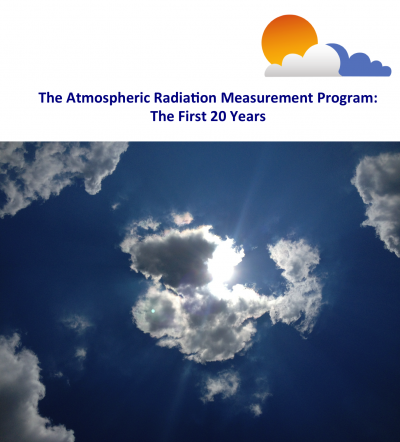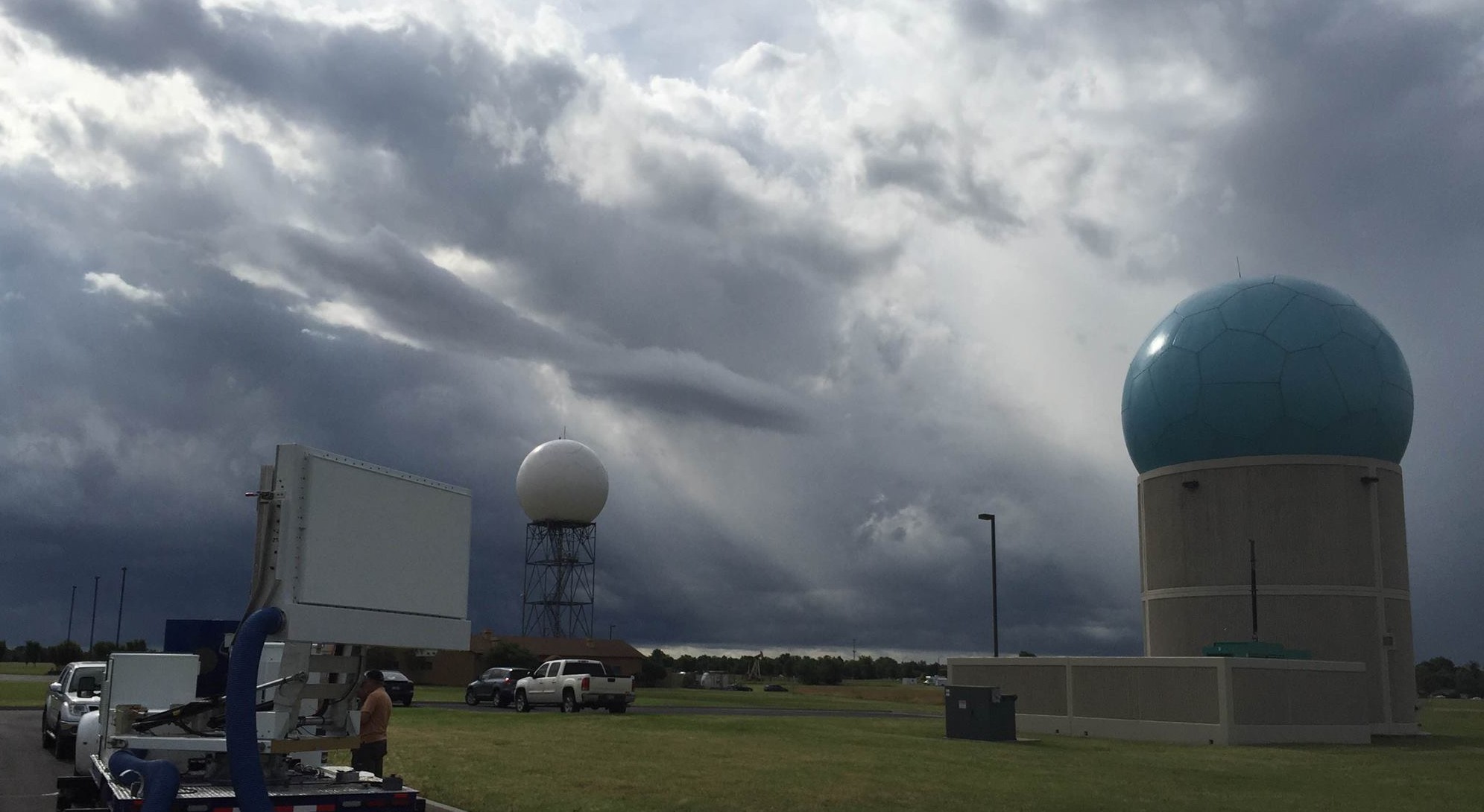
The Atmospheric Radiation Measurement (ARM) Program: The First 20 Years – Introduction
Authors: D. D. Turner, R. G. Ellingson
Journal: Meteorological Monographs
Publication Date: In Print 4/2016
Important Conclusions:
The ARM program is the DOE’s primary observationally-based climate research program. The ARM program set a new paradigm by operating a large number of instruments, including many that were previously considered laboratory-only instruments, operationally in different climatic regimes around the world. The program developed several new instruments, including the first autonomous 8-mm cloud radar and water vapor Raman lidar. ARM data have been been used for a large number of different scientific studies including: development of cloud overlap statistics, improving detailed radiative transfer models and their parameterization in global climate and numerical weather prediction models, a better understanding of cloud phase microphysical processes, aerosol-cloud interactions, and more.
Significance:
This paper is the introduction to the AMS Meteorological Monograph entitled “The Atmospheric Radiation Measurement Program: The First 20 Years.” This monograph is a history of the origins of the Department of Energy’s Atmospheric Radiation Measurement (ARM) program, its programmatic maturation, and its primary scientific accomplishments. It consists of 4 general overview chapters, 8 chapters on the development of the program’s infrastructure, and 18 chapters that cover the various scientific accomplishments of the program. The chapters were authored by selected participants from the ARM program.




